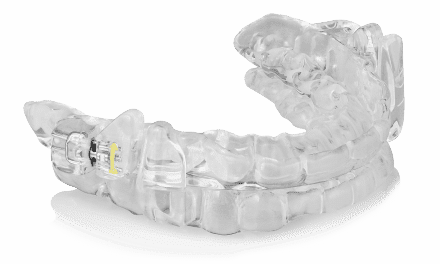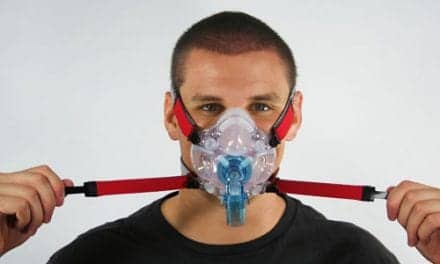Approximately 10% of 6-year-olds have sleep-disordered breathing, according to a recent Finnish study. The risk is increased among children with enlarged tonsils, crossbite, and convex facial profile. Unlike in adults, excess body fat is not associated with sleep-disordered breathing in this age group. The study was part of the Physical Activity and Nutrition in Children (PANIC) Study led by the Institute of Biomedicine at the University of Eastern Finland. The results were published in European Journal of Pediatrics.
The study involved 512 Finnish children aged 6 to 8 years who constituted a representative sample of the population in their age group. Their lifestyles and health were examined thoroughly, including an evaluation of their craniofacial morphology and dental occlusion.
According to the study conducted in Kuopio, eastern Finland, the risk of 6-year-old children for having sleep-disordered breathing is associated with certain craniofacial morphology traits, but not with excess body fat.
The results of the present study indicate that some of those at risk for obstructive sleep apnea syndrome as adults could have been identified in childhood. Adenotonsillectomy remains the main treatment of sleep-disordered breathing symptoms in children. Orthodontic treatment may also be useful, offering ways to control the development of the jaws and to prevent the development of craniofacial traits predisposing to sleep apnea, in addition to shaping the dental arch and occlusion. The role of obesity is likely to increase with age, and avoiding excess weight gain is vital in the prevention of sleep apnea and other diseases associated with obesity.




